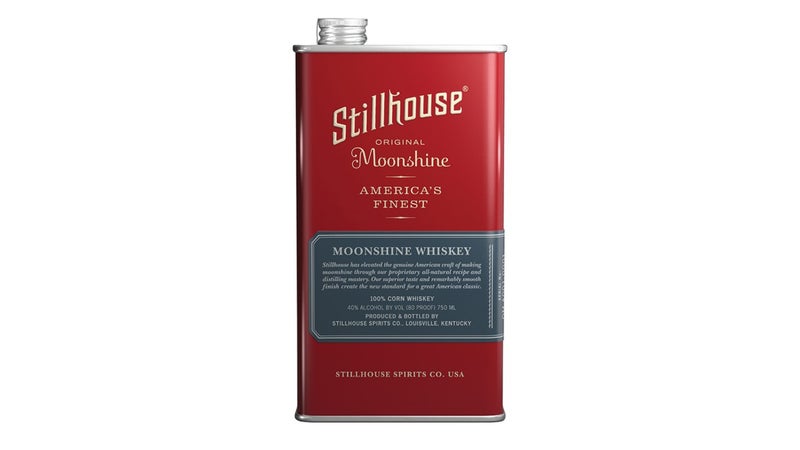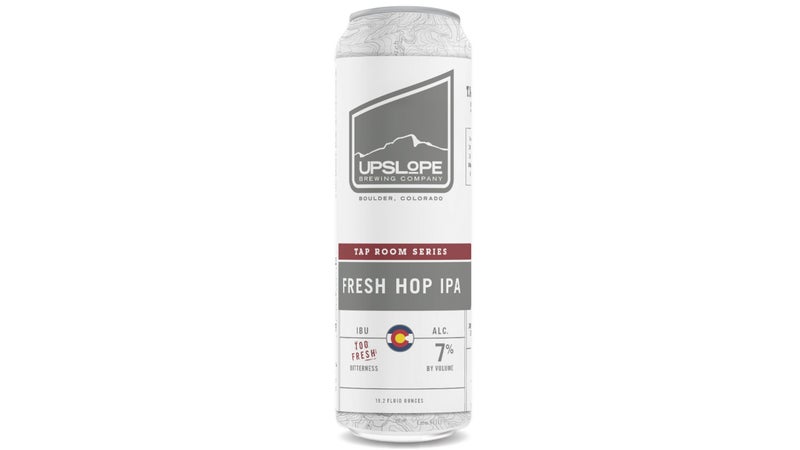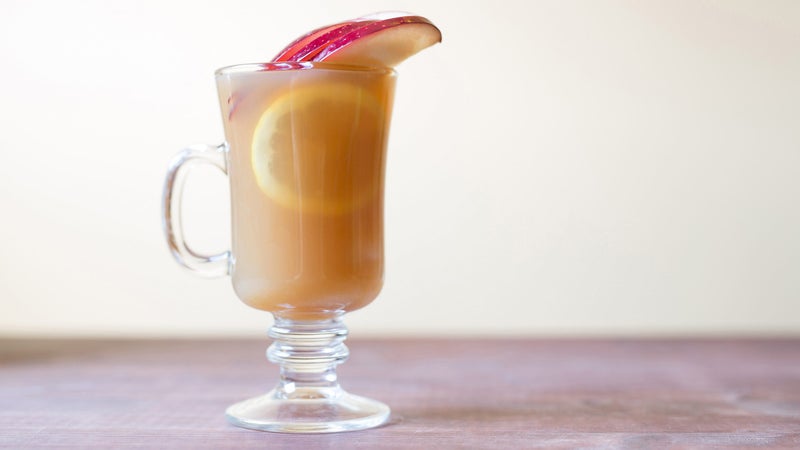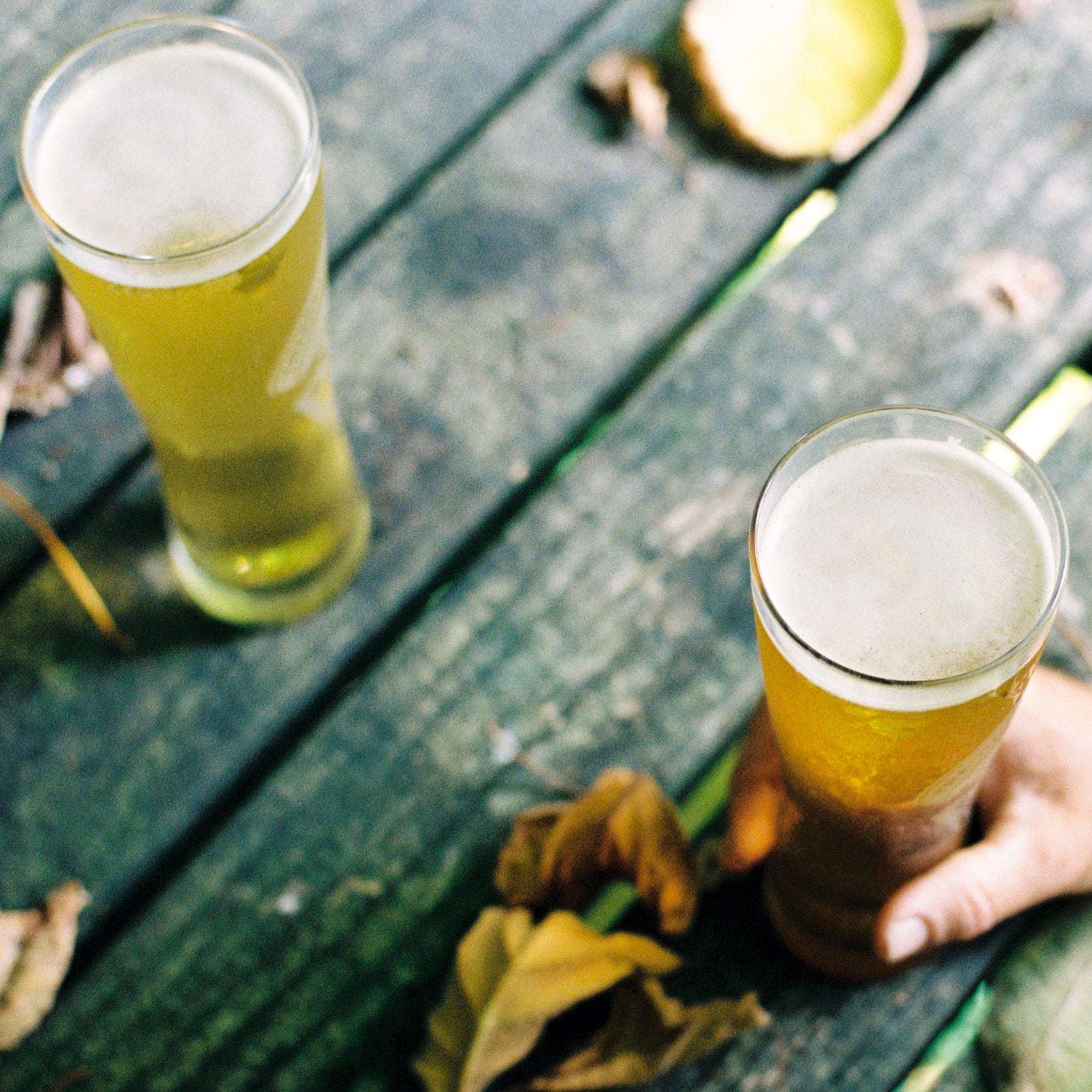This time of year, many beer lovers despair as interesting IPAs disappear from shelves and boring Oktoberfest brews replace them. Wake us when it’s porter season.
But while a lot of fall-drinking trends are worth ignoring—brewers attempting to find harmony in beer and pumpkin smashed together—dig a little deeper and you’ll find some liquid rejuvenation worth pursuing. Here are the three things we’re most excited to drink this fall.
1. Hard Liquor in a Can

With craft brewers fully embracing canned beer and the wine industry , we knew canned hard liquor was coming. Late last year, brewer Ballast Point dove into the market with a handful of canned cocktails, but they were all relatively modest in proof—ranging from 6 to 10 percent.
But now there’s real hard stuff on the market. The first to arrive in my mailbox was , a clear corn whiskey in a stainless-steel canister. A few weeks later, my postal carrier dropped off a tiny 100-millimeter can of . It claims to be the first 80-plus-proof quality cocktail to come canned.
Now, a can’s portability benefits are obvious no matter the type of alcohol inside. And at least for beer, the verdict seems to be that canning results in better flavor, since it blocks damaging UV light.
Whether that’s true for hard alcohol remains to be seen. Cooper Spirits Company tested for a range of temperatures and times as variables to ensure that, at the very least, the can wouldn’t negatively affect the booze. Stillhouse makes the less scientific argument that during Prohibition, liquor was stored in all kinds of oddball materials and no one seemed to mind. In my own taste tests, I detected not a hint of steel or aluminum.
The only consideration is that these vessels may not be best for aging, although it’s hard to make a definitive statement on that. “Bottles have been around for thousands of years in some form or another,” says Jared Brown, a distiller, writer, and spirits expert. Cans, he says, are relatively new—and putting hard liquor in them is even newer. “We know comparatively little about it.” To be safe, we suggest you enjoy your canned booze quickly.
2. Wet-Hopped Beers Are Everywhere

If you’ve paid attention to craft beer trends over the past couple years, then you’ve already heard of wet-hopped beers. Maybe you’ve even tried one. But this fall, thanks to a surge in hop farming, there are more wet-hopped beers on the market than ever.
In wet-hopped brews, the hops are added fresh from the vine. In contrast, most of your favorite IPAs are made with kiln-dried and pelletized hops, since the cones spoil within 48 hours of picking. Think of it like eating fresh basil versus the dried stuff, says Jaki Brophy, communications director for the Hop Growers of America. “The technical term for describing fresh hops is vegetal, but I don’t think that describes it. It’s more grassy; it tastes bright green.”
A few years ago, when almost all American hops were grown in Washington’s Yakima Valley, breweries in New York or Chicago simply couldn’t get fresh hops soon enough after harvest to make wet-hopped beers. But now locally grown hops are popping up everywhere. In 2015, 22 states reported at least some commercial hop acreage—up from just two other states, Idaho and Oregon, in 2011—according to data from the American Hop Growers Association.
This is the time of year to snag one of these brews. Hop harvest generally starts in late summer and ends by October. After that, finding wet-hopped beers is almost impossible. “It’s very fun to team up with local hop farmers once a year to make a fresh-hop beer,” says Sam Scruby, head brewer for Upslope. “Our hops were harvested on a Sunday at High Wire Hop Farms in Paonia [Colorado] and driven directly to the brewery on Monday to be used in our fresh-hop beer.” Hey, we’ll always say cheers to supporting local agriculture.
Try these three:
: New this year, this uses Nugget and Cascade hops grown in Colorado. Scruby says the brewery used so many hops that it broke its hop torpedo (a device used to infuse hops into beer). Great sacrifices for great beer.
: showcases Yaquina hops grown on Rogue’s very own farm. True to his nickname, head brewer John “More Hops” Maier used three times the hops normally used in a regular batch of beer.
: Most of Goose Island’s hops come from Elk Mountain Farms, an enormous hop farm owned by Anheuser-Busch in Idaho. But for , closer is better, so Chinook, Super Saaz, and Cascade hops were brought in from Michigan. Made using a saison yeast, the result is both crisp and hoppy and totally different than most wet-hopped beers.
3. Your Grandma’s Favorite Drinks Are Back in Style

Everything old lady is new again. The trend started a few years ago with gin coming back in a big way. (And sherry coming back in a not-quite-so-big way.) Now add brandy and tea-based cocktails to that list. Luckily, it turns out your grandma’s tastes are right on: both tea and brandy are pretty ideal for fall drinking.
Let’s start with brandy, a spirit made from distilled fruit wine. Chicago-based mixologist Cheryl Rich says interest in brandy is a natural extension of our recent obsession with brown spirits. We went crazy for whiskey, then bourbon. Now it’s brandy’s turn.
Here’s one thing to love about it: “The brandy rating system makes it fairly easy to look like an expert,” says Rich. “VO stands for very special, which is at least two years old. VSOP stands for very special old pale, which is at least four years old, and XO stands for extra old, which is anything older than six.”
Plus, brandy tends to be strong, so it’s perfect cut into a rich winter drink, like something that incorporates cream. Currently, Rich is hooked on brandies made from unusual fruits like cherry, plum, and apricot. “My very favorite type of brandy is a French Armagnac, which is similar to a cognac, but I save it for very special occasions and sip it neat.”
Like brandy, tea as a cocktail ingredient isn’t new, but it’s seemingly everywhere this fall. According to the Tea Association of the U.S., , with high-end and specialty teas being among the strongest sellers. As bartenders start subbing in tea for their afternoon coffees, they’re realizing it makes a perfect, calming counterpoint to booze’s punch.
“I’m an Earl Grey drinker, especially in the winter. But we also have a lot of bourbon drinkers here,” says Charles Pringle, owner of the , a private speakeasy in western North Carolina. “Kind of by accident we realized that Earl Grey and bourbon mix really well together,” he says. In fall and winter, the Kentucky Earl—a mix of tea and bourbon—is one of his top sellers.
The easiest way to work tea into your cocktail repertoire is to start with a hot toddy, the most classic of all tea-based drinks. From there, just mix together what you like. Pringle says he’s never regretted the results.
Want to granny up your own home bar? Here are two recipes to get you started.
Squish-Squash
This is one of Rich’s favorite ways to enjoy brandy in the fall. If you’re not a fan of pumpkin in your beer but otherwise dig the notorious fall fruit, try this.
Ingredients
- 1 cup unfiltered apple cider
- 1 heaping tablespoon freshly cooked or canned pumpkin
- 1/2 teaspoon blue agave sweetener
- 1 ounce brandy
- 1 cinnamon stick
Preparation
- Mix the apple cider and pumpkin in a mug. Heat in the microwave on high for 30 seconds, then stir again until the pumpkin has dissolved.
- Add the agave and brandy, then stir with a cinnamon stick and serve.
The Leaf Peeper
Ingredients
- 1/2 cup apple cider (locally sourced if possible)
- 1/2 cup strongly brewed Earl Grey
- 2 ounces top-shelf bourbon
- 1 slice lemon
- 1 slice apple
Preparation
- Heat the cider and tea until warm.
- Pour in the bourbon. Stir, then garnish with lemon and apple slices.


